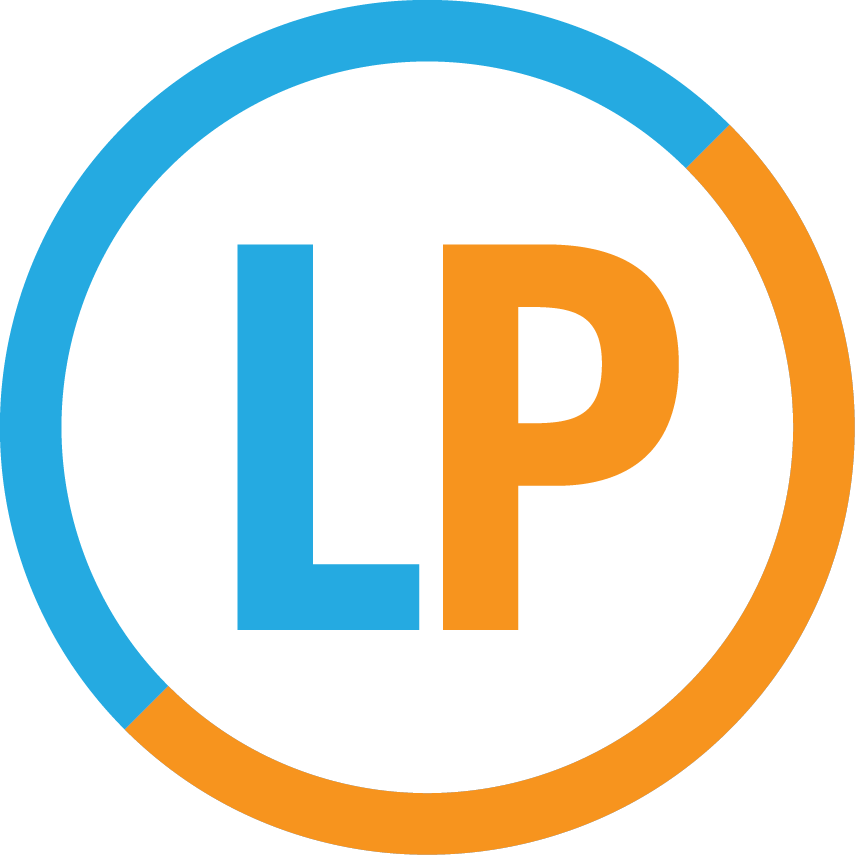The ACT science section seems to be filled with dizzying, daunting pages of graphs and Greek symbols. But in fact, these are just distractions, intended to get you off track in your search to answer the surprisingly straightforward questions. If you can make it past these distractions, I bet you could complete any science question easily in a matter of minutes. But time is crucial – the ACT gives you just 35 minutes to answer 40 questions, plus 7 passages to get through. The key to success is to make it through each question as efficiently as possible.
To do this, you must always end each question with a specific goal in mind. Similarly to the scientific method, it is crucial that you are investigating just one or two specific claims. When you are just exploring the studies hoping your answer will reveal itself, it is far too easy to get lost in the passage. You can master the science section by creating your own specific, answerable question.
Let’s try a little experiment.
Take a look at the answer choices to a real ACT science question below:
These answer choices reveal so much. They are a goldmine of information about the path to the right answer. So let me be clear: you have to read your answer choices. In this section, consider your answer choices as part of the question itself.
As is the case with many science questions on the ACT, the structure of the answer choices repeat. This makes it easy to identify what matters and what does not in any given question. Begin by isolating what changes between each answer choice. Our answer will be either “near or at zero” or “greater than that in the original study.” Our explanation follows, and we have two options: -1°C is above or below the freezing point of water.
For most questions, the second part of the answer – the explanation – will consist of opposite statements: above or below, greater than or less than, most or least. Only one can be true, and determining which is true is much easier – much more direct – than the original question.
-1°C is below the freezing point of water, so we are only left with answer choice A or C. (Remember: Celsius is built around the freezing and boiling point of water; water freezes at 0°C and boils at 100°C.) But more important than eliminating two answers, we now know that the reasoning behind the right answer is the fact that -1°C is below freezing. Without even reading the question, we already know the explanation to the right answer! Now let’s see the question at hand:
At this point you can translate the question using the information we gained in the answer choices. Consider this instead:
If Study 2 was repeated below the freezing point of water, would the total volume of the runoff be near or at zero or greater than that in the original study?
Or perhaps:
Would conducting Study 2 in below freezing temperatures cause runoff to go up or go down?
Much more direct! Much more achievable! At this point, you can glance at Study 2, which investigated water runoff from melting ice, and determine this question for yourself. Even without the passage in front of you, you may presume that freezing the experiment would cause less runoff. And you would be right!
Translating these science questions – distilling a direct, achievable question from their convoluted word scrambles – is crucial to mastering the science section.




